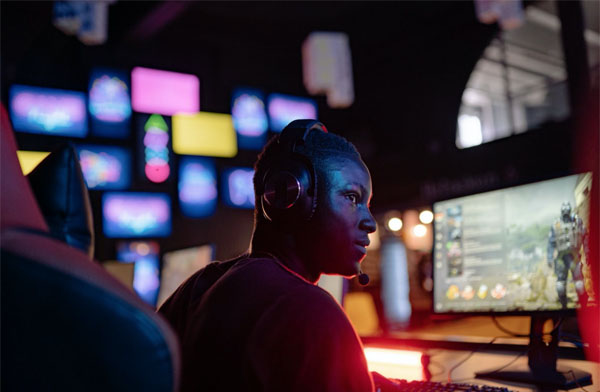The Difference Between Esports and Traditional Sports
By Space Coast Daily // August 31, 2024

Traditional sports can be described as team or individual competitions, usually one team versus the other. Esports, on the other hand, can be described as competitive video gameplay.
Esports can be played in teams, individually, and against multiple groups simultaneously. Although both require a wealth of skill, strategy, and dedication, there are quite a few differences between esports and traditional sports, and we’re going to discuss them.
-
Physicality
Because traditional sports are more physical, they require more physical training, coordination, skill, and agility. However, esports are mentally challenging games that mostly rely on focus, problem-solving, strategy, and analytical thinking. To avoid any physical injuries, players require physical care as well. Esports players commonly incur injuries such as headaches, eye strain, carpel tunnel, and back pain, whereas traditional sports players could suffer from joint sprains, concussions, tendonitis, and dental injuries, especially if they’re high-impact sports.
-
Audience Interaction
Fans often pack into stadiums and arenas to watch both esports and traditional sports. But not everyone can make it to the venue. This is where streaming and sports betting come into play. Legal online sports betting is now available in more than 20 states, and as more states legalize sportsbooks, the more the audience will be able to interact with traditional sports and feel like they’re truly a part of the game. Even in states without local sportsbooks available, sites like newsBTC’s most recommended sportsbooks are based offshore and hold licences outwith the US, but can freely accept players based in any state.
The esports market is a little smaller but plays a big role in creating communities. Tournaments for games like Dota 2 and League of Legends are some of the biggest. They are live-streamed all over the world, and depending on the streaming site, fans can communicate with one another via live chat. While some fans can attend sporting events in person, others attend both esports and traditional sports online to watch, engage, and bet much like they would on physical sports.
-
Education
Most esports players are self-taught. Players often play for hours per day, mastering their gameplay, and learning the ins and outs of MMORPGs (massively multiplayer online role-playing games). They subsequently learn how to refine their motor skills, improve their mental stamina, test their endurance, and perfect strategies whilst playing with other team members online.
Things are quite different with traditional sports. Players, as well as their teams, require formal education to prosper. Players take on extensive physical fitness training where they can improve speed, agility, tact, and stamina. Physiotherapists, sports scientists, and doctors who work with these teams go through formal education as well.
-
Evolution (or lack thereof)
Traditional sports are rules-based and rigid, and for the most part, the rules don’t change much. For example, sports like running, archery, golf, and wrestling have made minor modifications over the years. The objectives and rules are pretty much the same. Esports evolve as technology and gameplay do. As game developers and creators make changes, esports players have to make the necessary adjustments. These adjustments can be anything from using specialized equipment, or just switching up strategies based on in-game changes.
-
Longevity
Age is a major factor in traditional sports. Fitness levels change, the risk of injury increases, and stamina decreases over time. A research study states that ‘soccer players decreased by an average of 0.56% their total distance covered for each year that they got older’. By the time physical players reach an age where they don’t play as well as they used to in their prime, they usually transition into other roles such as coaching or commentating. With esports, because it is more of a sedentary sport, players can play for a lot longer. That’s not to say that they don’t face challenges. Esports players have to compete with new players, patch updates, and equipment upgrades where necessary.











